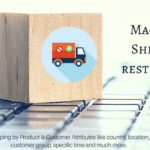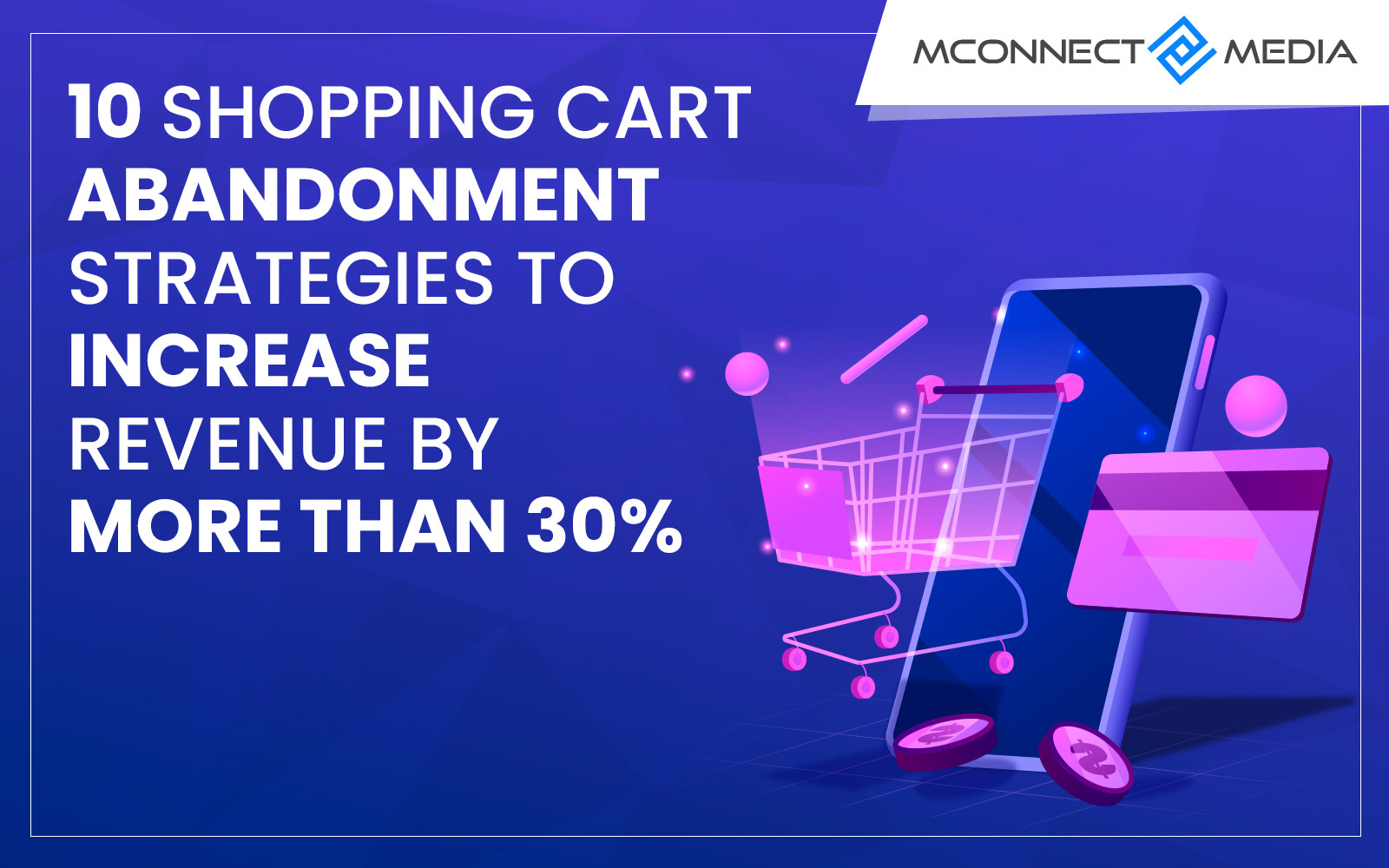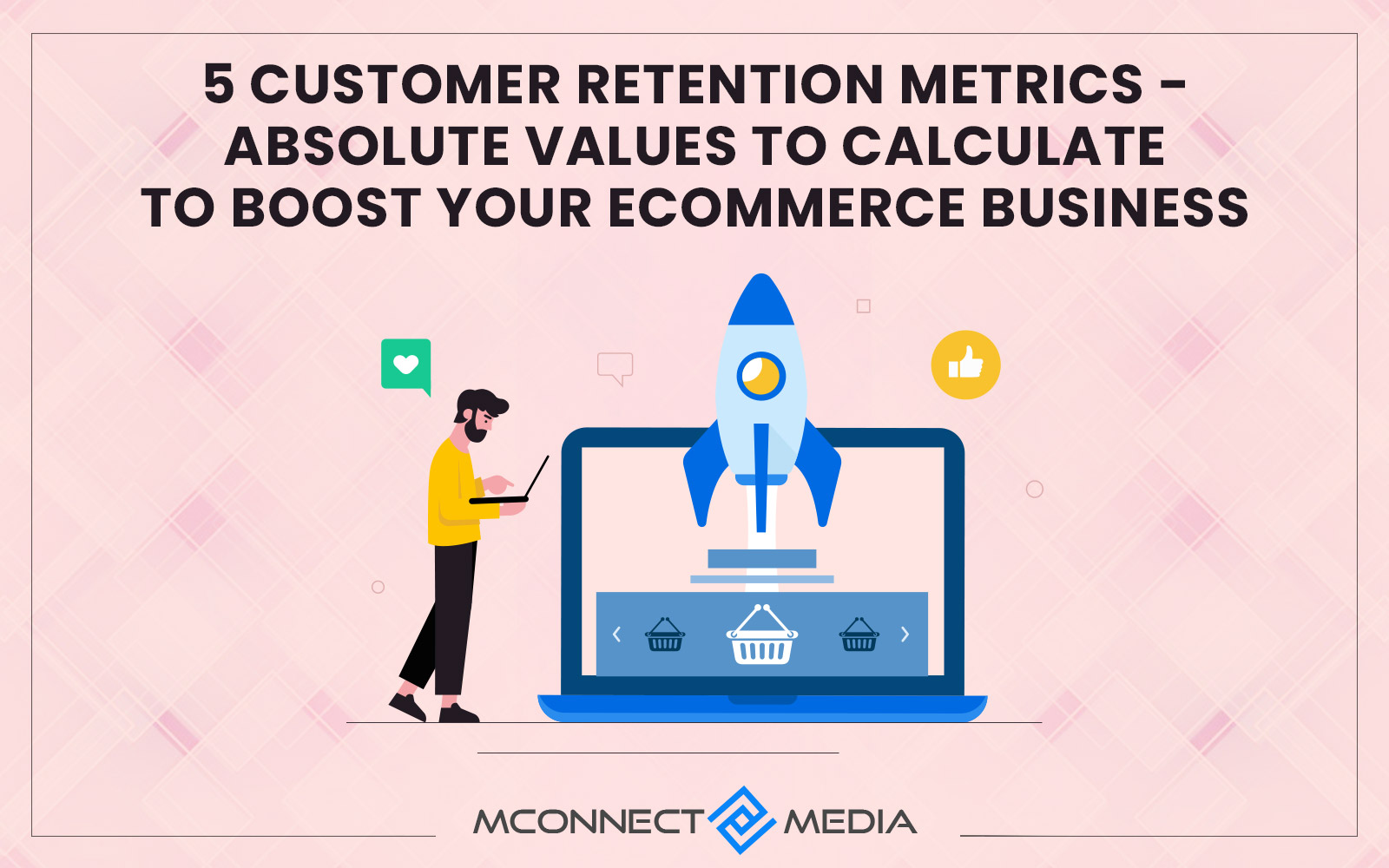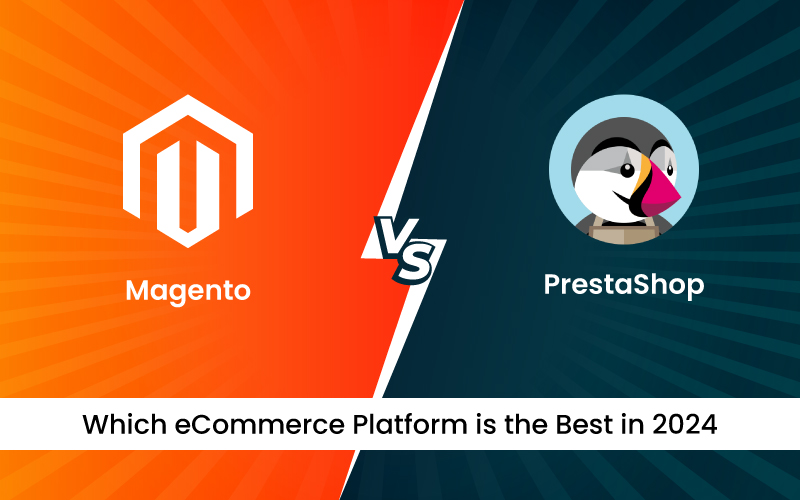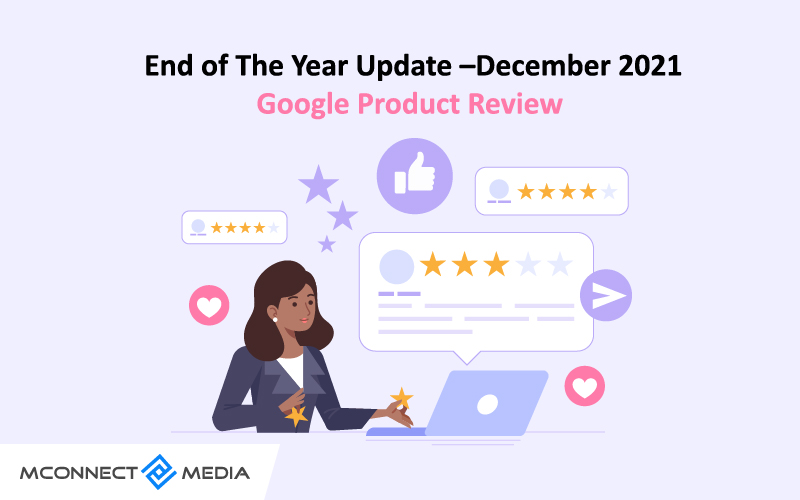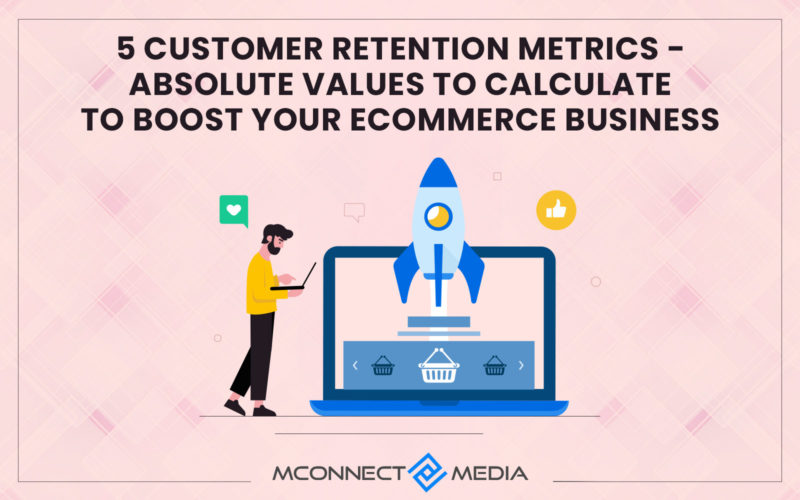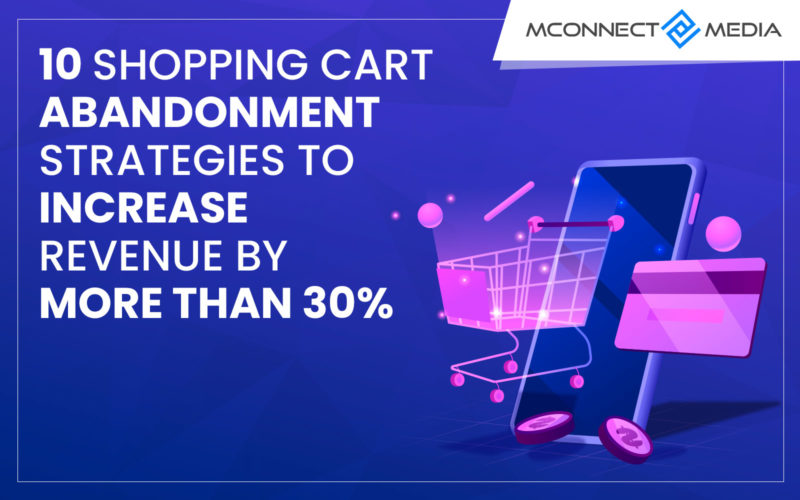History of Internet as a Marketing Channel
The history of the Internet as a marketing channel started back in 1983 It;s a time when Compuserve launched the first commercial Internet email product. Internet messaging had previously been available only to the military and universities.
Very few people and companies through the web would have any impact on their ability to sell goods and services (Microsoft included). As Jeff Bezos launched Amazon.com in 1995, most business analysts thought it would flop as the consumer would never use their credit card online and most importantly it will be almost impossible for a company to address the real-time problems like they did in reality.
History of Data Driven Market
Almost all the business models are based on the data analysis and data warehousing. This is not a new process or a process which has been produced in a blink of an eye. This has been practiced from the 20th century. Suggestive moods of customers are important to be scrutinized. To assess the mood of the consumer and designate the proper solution to the problem at the real-time is called as the real-time solution.
Prior to the internet-driven booming market, businesses were(are still today) dealt at the same physical space by direct communication between the customers and the producers. Sellers used to read the behavioral pattern of consumers and they targeted the hit as per their psychological reading.
Here are some of the examples of manual data extraction and solutions attached to it.
Henry Ford’s solution to the stagnant sales by his data survey.
Henry Ford, a prominent American Industrialists was one such astute seller. In 1926, he declared holidays on weekends for his workers. Yes, you heard it correct. So, the next time the weekend rolls around and you want to thank someone, thank Henry Ford.
Why did he do this? He did it because of the data he extracted from his own survey in the company. He wanted to sell the cars his workers were making. He realized that his own workers were some of his best and potential customers. If he wanted to sell more cars, he decided that his workers needed time off to be able to drive and enjoy the luxury of Ford production. This made the company profitable to manifold.
This is the best example of Data-Driven survey, though manual yet effectual. Henry Ford superscribed this issue by best of his data extraction and rational conviction.
Manual Census performed by the Government to resolve the problems based on demography and its interest.
The World has followed the traditional method of observing the behavioral pattern. The government used the manual methods of excavating the real data of their populace termed as census and in accordance to that, they allocated their budgets. This is another simple example of data analytics and solutions appended to it.
While we can check that data analyzing is an old procedure to present actionable information to help the corporates and governments, it gets equally important for us to understand the importance of real-time analytics in this technologically driven world.
Role of Data and Real-Time Analytics in Current epoch
With the every degree earth progresses through its rotation, technology leaps a giant stride. It gets important to stay in the technological hunt by tuning in with the right pace of earth. The last two decades have witnessed the drastic change in the web world and perhaps the greatest change in eCommerce.
To shoot straight from the shoulders, it has become really tough to survive an e-commerce business. Primitively, Sellers had to deal competition with the nearest stores only. But today, there are over a million eCommerce websites. A customer sitting at America can easily buy a French product on a French eCommerce website without making a physical presence in France.
Starting an eCommerce business can be fast, relatively easy, and not very expensive. But with something like an 80 percent failure rate, creating a successful online business is more challenging than some entrepreneur imagine. Although every new business is unique, there are common contributors to eCommerce failures. Neglecting the significance of Real-Time Analytics is one such factor.
Historical evolution of main focus of an E-Commerce website
- Stage One(early 90’s): Focus on awareness of eCommerce existence and bring site in customer’s notice
- Stage Two(Late 90’-Early 2000’s): Focus on Compelling the customer to visit the site.
- Stage Three(Early 2000’s-2010): Persuade customers to buy.
- Stage Fourth(2010 to currently): Focus on addressing the real time issues of customers and persuade them to buy at best schemes.
- Stage One(early 90’s): Focus on awareness of E-Commerce existence and bring website in customer’s notice.
Stage one was an infancy of an eCommerce world where site’s main concern was to generate the awareness of their existence. At this stage companies mainly focused on proving their existence and let people know how online businesses work. Companies opted for several marketing policies only to widespread the importance of eCommerce.
-
Stage Two(Late 90’-Early 2000’s): Focus on Compelling the customer to visit the Website
At this stage, eCommerce’s primary concern was to let users visit their sites, irrespective of their interest in purchase. This was to ensure that users get used to the website, despite the fact that most of the users failed to buy anything. Companies make sure that users at least visited their sites and learned how the online model worked.
-
Stage Three(Early 2000’s-2010): Persuade customers to buy
This stage made sure that customers buy products from them. E-Commerce got popular at this stage because internet got accessible to most part of the world. But the virtual world has its shortcomings. Awareness did compel the users to hit the traffic at the website but it couldn’t generate the conversion rates. While this decade focused more on making customers buy the products, it failed to generate the reports of the users and their reason to leave the purchase. The need of an hour was to read the customer’s behavior and their issues to be resolved. Real-Time Analytics was the right answer to this problem.
-
Stage Fourth(2010 to currently): Focus on addressing the real-time issues of customers and persuade them to buy at best schemes
Customers need responsive and dynamic platforms. Greater the dynamics of the page, greater the traffic of users. It keeps the user base install and doesn’t allow the users to wander to other pages. Real-Time Analytics is responsible for the promptness in response. It flags the user’s required criterion and enlightens them with the proper solutions. The importance of this phase shifted gears after 2010 when eCommerce started to focus more on business intelligence.
The potential benefits of Real-Time Analytics programs include accelerating and improving decision-making; optimizing internal business processes; increasing operational efficiency; driving new revenues; and gaining competitive advantages over business rivals. Real-Time Analytics can also help companies identify market trends and spot business problems that need to be addressed.
The Magnitude of the Importance of Real-time analytics can be traced by the following reasons:
Analysis of the keywords entered by the users
Users generally visit the websites but fail to purchase. It is important to strip search the keywords typed by the user and to provide the best scheme instantly. It gets mandatory to react to the search within the fraction of seconds. Real-time analytics focuses more on such issues.
For example: If the user searches the Guitar and doesn’t buy it. Give the user the best deal by popping up the schemed item or by constant notification about the product.
Another obvious advantage to it is that, if a user is buying a guitar, it gets mandatory for the user to buy picks or a guitar strap. Throwing them with the best bulk deal of “Guitar+Pick+Strap” might make the user interested.
Analysis of the proximity of geographic location and the warehouse
On several occasions, users take themselves off the page, despite the selection of the products. The reason sometimes is because of delivery charges. If the proximity between the warehouse and user’s location is close, the end user product price might get reduced. So, tracing the proximity may end up in a happy customer.
Another obvious importance of compelling users for bulk purchase gives them a chance of buying the products(Guitar+Pick+Strap) for free shipping. Real-time analytics helps in offering the best scheme which carries very nominal or no shipping charges at all. Real-time Analytic converts the raw information into useful data.
Recommended Read: Effects of Having Free Shipping to your eCommerce Store?
Analysis of graphs between inventory and demand based patterns
One of the significant yardsticks for the successful business is to plot the correct graph between the stock and the demand and regulate the rates of the products accordingly. Real-time Analytic maps the correct graph of supply and demand and triggers the instant notification on the website.
Analysis of the previous orders
Analysis of the previous orders and throwing up the best offers on related items may lead to the better conversion rate.
For example, A person who has bought TV might want to buy a TV bracket or set-top box tray.
Analysis of shipping status and tracking down its estimation
Customer seeks assurance. Once they purchase the product, they seek for assurance of its shipping. Ability to predict the current status of the product makes customer assured about its correct shipping and estimated delivery. Assurance is the best gift one could provide the customer.
Real-time analytics helps in determining the current status of the product and notify the users at regular time interval. Another important aspect of real-time tracking is that it notifies the user about delayed loading or freight delay. This bridges the continuous relationship between the customer and the eCommerce platform.
Analysis of the demography and its requirements
The best political tool to win a geography is to read the demography properly and act according to the requirements of it. Same can be applied to the eCommerce platforms. Products shall be notified to the customer based on the weather report of the place, major religion of the place, age group of the place and also the major behavioral patterns of the users of the place.
For example, A person at Serbia might want to buy woolen cloths perennially. A person at Egypt might need a short depending on an average annual temperature of the country. A person in Turkey or Indonesia might need a skull cap based on its religious identity. A country with higher millennials percentage might need fitness watches or gadgets. Real-time analytic filters out the real requirement based on the demography of the place. Real-time analytic reads the demography based on several aspects and funnels down the optimum result for the user.
Real-time Analytics and Involvements
Most of the customers comprehend whether the website is useful for them or not in the first minute of their barge at the website. And it gets important for the eCommerce platform to be easily accessible and handy to use. The primitive few seconds decides whether the user is interested in purchasing. So, it gets compulsive to impart good impression. Abandonment may result in the loss of an opportunity. A user dropped is a customer lost. These repercussions nullify the efforts and costs splurged in marketing and designing. Similar is the case with shopping cart dropouts and goal path abandons.
Recommended Read: 10 Shopping Cart Abandonment Strategies to Increase Revenue by more than 30%
Real-time involvement with the customers become so necessary. Real-Time Involvement with the users and proactive customer support provide website a unique and dynamic dimension. An instant message to the user engages the user and certifies that the website is solely designed to help them.
Some of the methods of real-time interaction with the First Time User, Frequented User and Returning User
Real Time Analytics and Involvements with the First Time User
- If the user is first time visitor, generate the welcoming token for it. Also, throw them the best offer so that they build certainty in buying.
- If the user is from specific location, toss up the best geographic scheme.
- If they have added a product in the cart, give them a bulk purchase of required accessories related to the product.
- If they have added a product but are not ordering due to delivery charges, give them schemes on accessories product or schemes like free shipping on multiple purchases.
- If they are unable to decide the best product, produce an instant page which compares the product in “You may also like this product”.
- “Great Saving Deals” shall be kept at the frontmost which might attract the user.
Real Time Analytics & Involvements with the Frequented customers
- If the user is Frequent Customer, greet it with a familiar text.
- If a user is a frequent customer, show them the list of “Related items they have viewed”.
- If a user is a frequent customer, it means it trust you. Launch best of the cash back schemes. This also ensures that user buys by instant payment.
- Flash them the accessories of all the products they have bought.
Real Time Analytics & Involvements with the Returning Customers
- Customer might return due to the complex UI. Make user understand the UI by personal texting.
Personalize and customize the deal as per the user requirement. - Earlier, most of the customers returned because of no availability of cash on delivery. Adding cash on delivery is the best example of hitting the conversions.
- Also, features like returning of the product have taken the customers in confidence and reduced the non-convergent customer traffic.
- Get their feedbacks and customize the best of the schemes in accordance with their requirements.
- If a user constantly adds the item in the cart but fails to buy, give them the best discount deals on those products.
- If a user fails to Login due to a lengthy procedure, let them enter through the gates of guest accounts.
- Email or generate the message of the product for which user seemed to be interested.
Issues related to Real-time Analytics:
Actual issue doesn’t lie in Real-Time Data and its analytics but the time taken to address the issue. Real Time is called real-time only when the issues are solved at the right time. A collection of terabytes of information with no proper normalization might lead to the failure of such an astute procedure.
Real-time data is relevant only if a business can actually make sense of this data and act on it in the right timeframe. That’s when real-time data enables right-time marketing. There’s no value in sub-second data collection if the actions on such data take weeks, days or even hours to complete.
The good news is that many companies have begun to use real-time data to optimize business performance in real time. While adoption is certainly not consistent across industries, there are many and growing numbers of great examples.
The Final Inference
The real-time analytics is almost an important part of respiration of an eCommerce website. It is a smart procedure to convert raw information into important data. The dawn of Real-Time and Convergence Analytics may lead to the development of successful eCommerce businesses. It is an ultimate answer to the grievances of the customers.
We are in an era when we can monitor, analyze, and act on the high volume, variety, and velocity of data ever more rapidly. And, those who do reap tremendous benefits. This is the reason why Companies don’t doublethink or hesitate in spending huge units for it.




